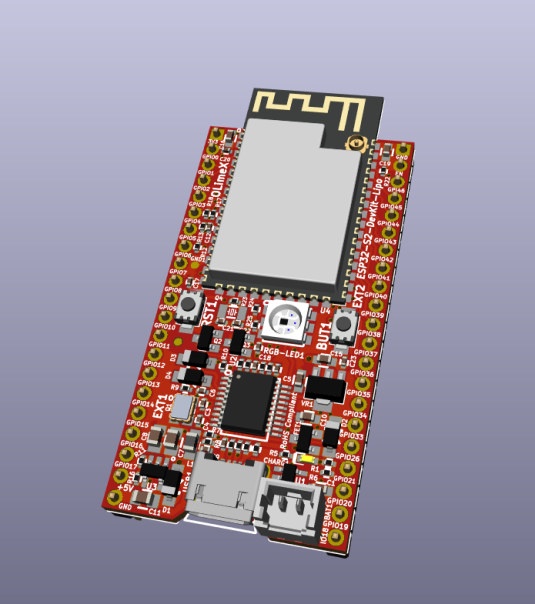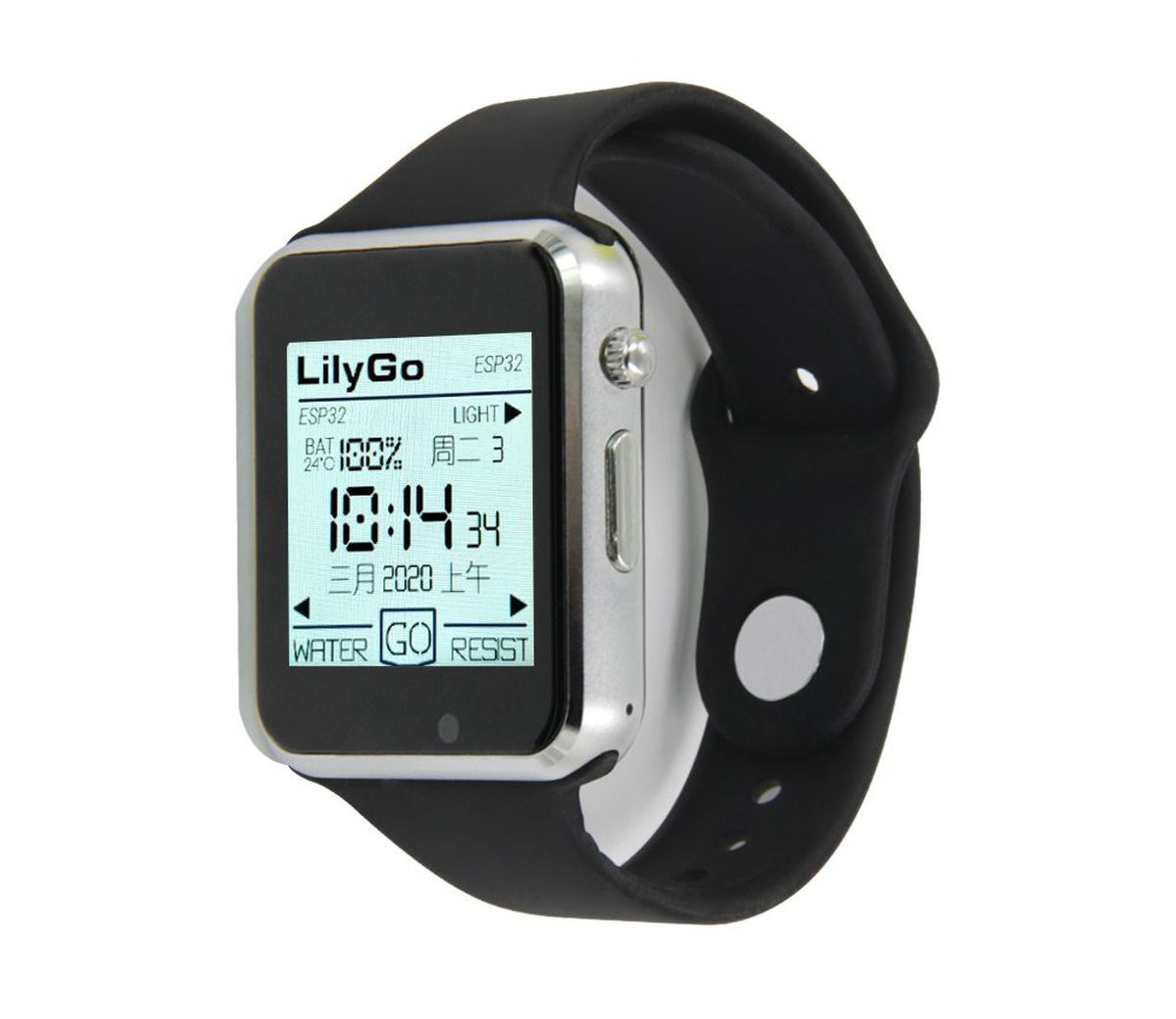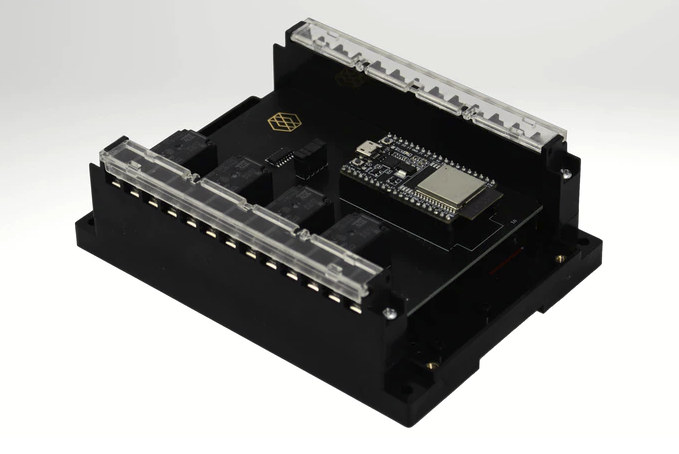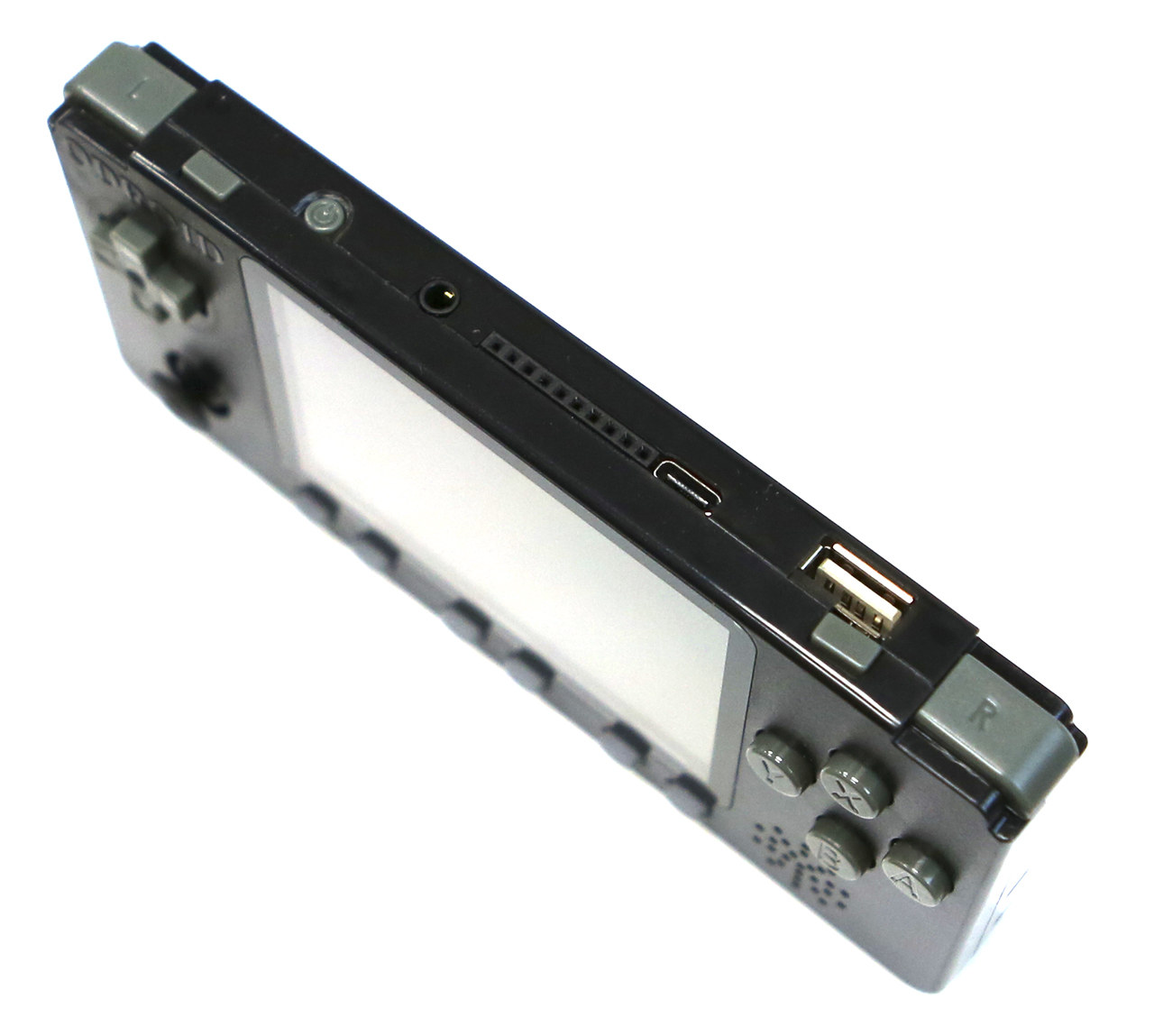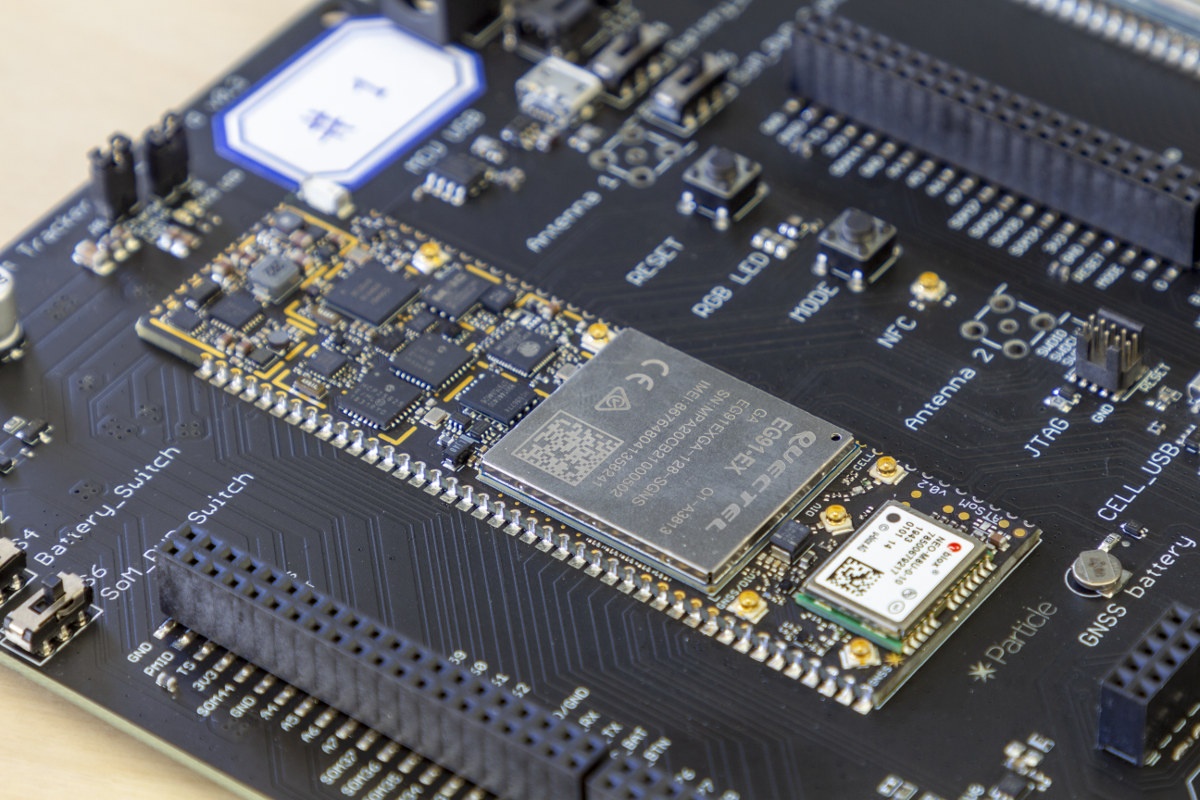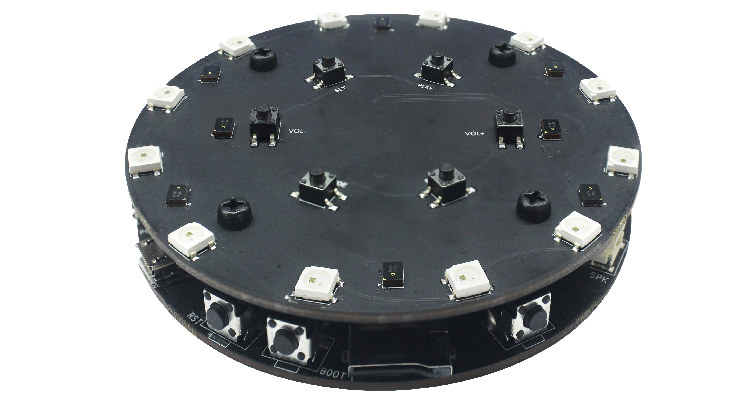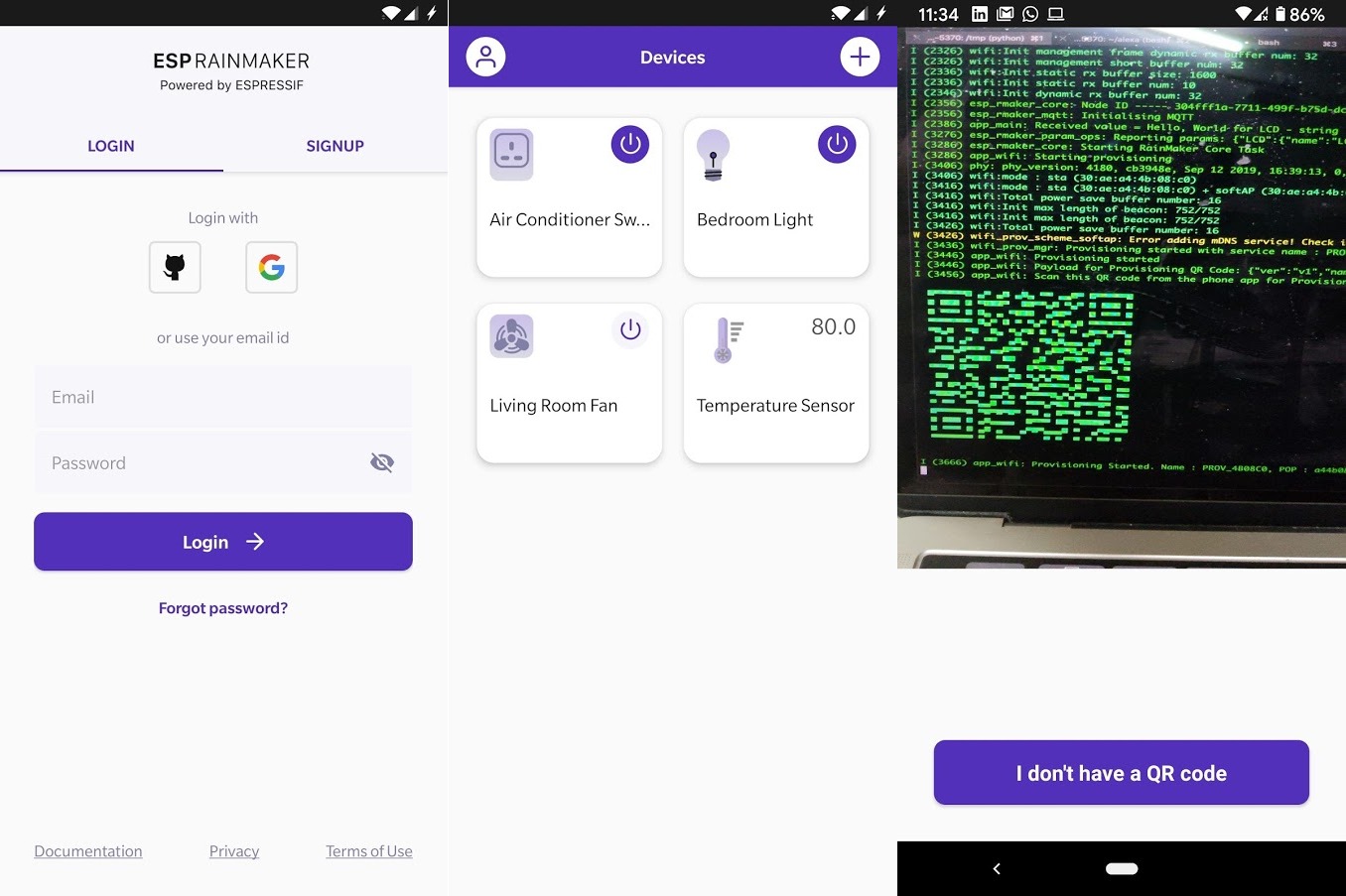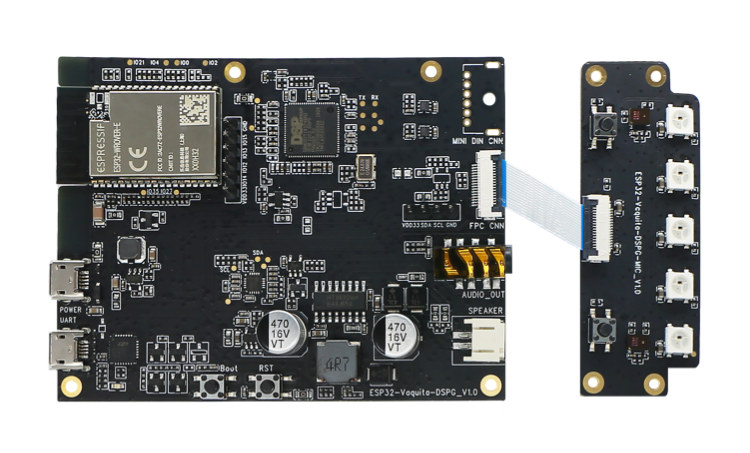When we covered ESP32 powered TTGO T-Watch-2000 smartwatch this week-end, people noted that with a 350 mAh battery, the watch would last about 3.65 days considering a 4mA drain with the screen always off, WiFI and Bluetooth off, and around 65mA when the screen is on good for about 5 hours of continuous use without Bluetooth nor WiFi. But it’s possible to make a much more-efficient ESP32-S2 Wifi board, as demonstrated by Olimex with their upcoming ESP32-32-Devkit-LiPo based on ESP32-S2-Saola-1 with circuitry to support LiPo batteries. They designed the board with an ultra-low-power power supply circuit which makes current consumption during sleep only 6uA, 4 of which are due to the battery measurement resistor divider, meaning the board should consume only 2uA in sleep mode or about 10 times less than other ESP32 Olimex boards. When reviewed Qoitech Otii power measurement & DAQ tool, we also noted power consumption could […]
Lilygo TTGO T-Watch-2020 is a Nicer Looking Arduino Programmable ESP32 Watch
We’ve covered several ESP32 watches over the last year include TTGO T-Wristand, Watchy, and DSTIKE ESP32 watch. Those don’t really have the nicest looking design, and some people complained about various shortcomings including the difficulty to customize/program the watch. Last year, Lilygo introduced TTGO T-Watch smartwatch that, due to support for expansion boards, was relatively thick, but at least documentation and Arduino code samples can be found on Github. The company has now launched a slicker version with Lilygo TTGO T-Watch-2000. TTGO T-Watch-2020 specifications: SoC – Espressif ESP32 dual-core wireless processor with 520KB SRAM System Memory – 8MB PSRAM Storage – 16MB QSPI flash Display – 1.54-inch LCD capacitive touch screen Audio – Class-D amplifier, buzzer Connectivity – 802.11b/g/n WiFi 4 and Bluetooth 5.1 via ESP32 Sensors – BMA423 three-axis accelerometer with built-in step counting algorithm, activity recognition / tracking, advanced gesture recognition. Misc – Power button (round), PCF8563 RTC […]
Pi-oT ESP Module Leverages ESP32, Screw Terminals for IoT & Automation (Crowdfunding)
Last year, we covered Pi-oT Raspberry Pi add-on board designed for commercial and industrial IoT applications with five SPDT relays and eight analog outputs housed in a DIN rail enclosure, although some noted it may not be suitable for all industrial applications due to the lack of 24V DC input and protected outputs. But there seems to be a market anyway, as the company has now come up with a similar product, except that Pi-oT ESP module replaces the Raspberry Pi board with an ESP32 board, namely ESP32-DevKitC-D32. Pi-oT ESP module key features and specification: Board – ESP32-DevKitC-D32 based on ESP32-WROOM-D32 module with ESP32 dual-core processor, 32Mbit SPI flash Relays – 4x Panasonic SPDT relays controlled via GPIO pins Screws terminals for Relay outputs 6x analog inputs configurable as GPIO if needed 2x analog outputs configurable as GPIO if needed 2x GPIO 5V input, 3.3V, and GND Power Supply – […]
ODROID-Go Advance Black Edition Gets WiFi, R2/L2 Button, and USB-C Power Input
At the end of last year, Hardkernel launched ODROID-GO Advance portable Linux retro game console powered by a Rockchip RK3326 processor with 1GB RAM, and a 3.5″ color display. While it was fairly well-received, people wished it would not come with a large power barrel jack and included WiFi among a few other requests. COVID-19 also delayed mass-production of the device, but the silver lining is that the company decided to make a new revision 1.1 PCB with a USB-C port for power input, a WiFi module, and R2 and L2 buttons that’s planned to launch soon under the name ODROID-Go Advance Black Edition. ODROID-Go Advance Black Edition specifications: SoC – Rockchip RK3326 quad-core Arm Cortex-A35 processor @ 1.3GHz with Mali-G31 MP2 GPU System Memory – 1GB DDR3L @ 786Mhz, 32 Bits bus width Storage – 16MB SPI Flash for bootloader, Micro SD Card slot (UHS-1 Capable interface) Display – […]
Particle Tracking System Offers Software, Hardware LTE IoT Module and Tracker in Turnkey Solution
Particle’s first cellular M2M module was launched in 2015 when the company was still called Spark IO. Since then they’ve offered new modules and boards supporting recent standards like NB-IoT and/or LTE Cat-M with product likes Boron and E series castellated modules. The company found out that most of their customers used their boards for asset tracking despite many off-the-shelf products already available, and the main reason was the ability to customize the solution. To help their customers, the company has now launched the Particle Tracking System combining a software suite with LTE IoT system-on-module and Tracker One reference product to ease the development and deployment of customized asset tracking solutions. Particle Tracking System is comprised of three main components relying on the existing Particle IoT platform: Particle Tracking Services software suite with geolocation services (mapping and geodatabase), fleet-wide device management, an open device firmware application framework to integrate with […]
ESP32-Korvo AI Development Board Leverages ESP-Skainet Voice Assistant
Last September, Espressif Systems unveiled ESP-Skainet voice assistant optimized for ESP8266 and ESP32 wireless SoC with support for WakeNet wake word engine and MultiNet speech commands recognition with the former requiring just 20KB RAM for one word, and the latter supporting up to 100 offline commands as long as you had 4MP SPI flash or more. At the time, it only supported the Chinese language and worked on the upcoming “LyraT-Mini audio board“, now available for $26.99 shipped but only including one microphone. Espressif Systems has now announced a better AI development board with ESP32-Korvo AI development board includes featuring a mainboard with ESP32 processor and an audio ADC, and a subboard equipped with a 3-mic array, RGB LEDs, and various buttons. ESP32-Korvo specifications: Mainboard Wireless module – ESP32-WROVER-B with ESP32 dual-core Wi-Fi / BT processor, 128 Mbit SPI flash, and 64 Mbit PSRAM Storage – MicroSD card slot Audio […]
ESP RainMaker Eases Cloud Integration & Mobile App Development for ESP32-S2 SoC
Espressif Systems is well-known for its low-cost, well-supported WiFI and Bluetooth SoC for IoT products and projects. But in recent years, the company has also come up with application-specific development boards and corresponding software frameworks to help customer develop their own. Those boards include ESP32-LyraTD-MSC for smart audio applications, or for ESP32-S2-Kaluga-1 multimedia applications using display and camera. The company is now offering another solution to help makers integrate ESP32-S2 secure WiSoC with the cloud and create a mobile app. Meet ESP RainMaker. Specifically, ESP RainMaker provides four main components:: Device Agent SDK to perform network provisioning, OTA updates and facilitate communication with the cloud. Based on the ESP-IDF SDK. Amazon’s AWS powered Transparent Cloud Middleware makes the device’s attributes accessible to the user’s phone applications or other third-party services via RESTful APIs. iOS/Android phone apps to configure and manage the connected device. The apps are “self-adapting”, meaning they can […]
ESP32-Vaquita-DSPG Board and SDK Support Alexa Integration and AWS IoT Core Cloud Service
Espressif Systems has just announced another ESP32 board, namely ESP32-Vaquita-DSPG development kit together with an SDK that supports AVS (Alexa Voice Service) integration with AWS IoT cloud connectivity. ESP32-Vaquita-DSPG specifications: Wireless Module – ESP32-WROVER-E with ESP32-D0WD-V3 WiFi + Bluetooth SoC , 64 Mbit SPI flash and 64 Mbit PSRAM Audio DSP – DSPG DBMD5P Audio SoC with far-field voice recognition using the company’s HDClear algorithms. Power Amplifier for external speakers up to 8W Codec – ES8311 I2S audio codec Speaker connector 3.5mm audio jack 2-mic array on MIC board Debugging – USB-UART port Misc- Mainboard – Power LED, boot & reset buttons MIC board – 5x RGB LEDs, 2x function buttons Power Supply 5V input via USB Power Port 5V-to-3.3V regulator. ESP32-Vaquita-DSPG board needs an external 4-ohm speaker or a pair of headphones for audio output, two USB cables for power and debugging, and a computer running Windows, Linux, or […]


